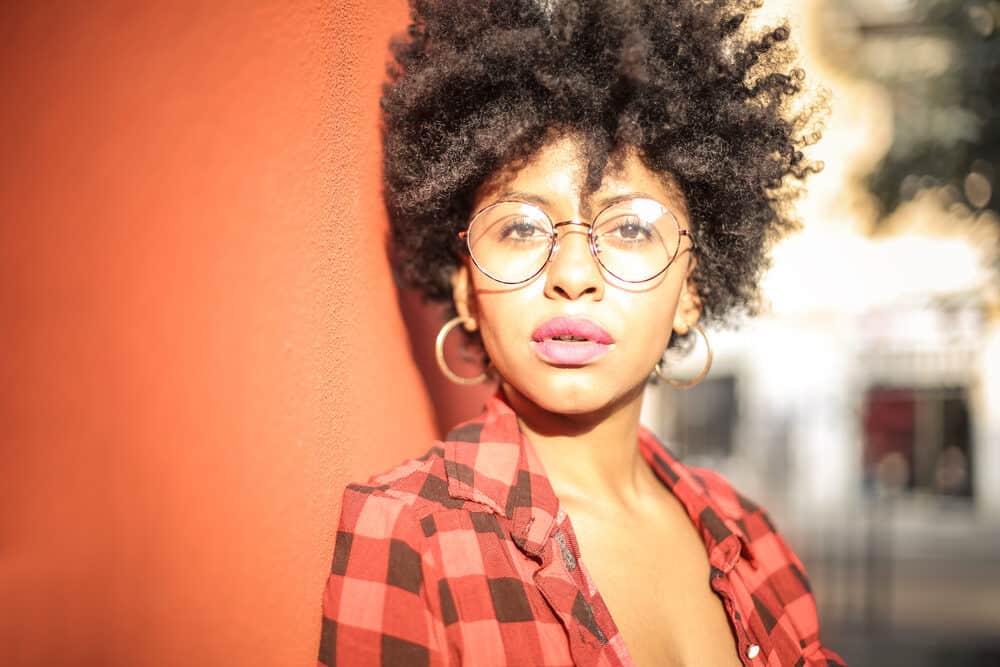
Drying your natural hair seems simple enough, but it can quickly get complicated when you add a new piece of equipment to the mix. Hooded dryers have been around for quite a while and have been credited with making hair drying and setting sessions effortless.
Still, countless ladies have no idea how to get the best results out of their hooded dryer.
Whether you’ve already tried unsuccessfully to use a hooded dryer or you’re thinking about trying one for the first time, this handy guide is just what you need!
Table of Contents
What Is a Hooded Dryer?
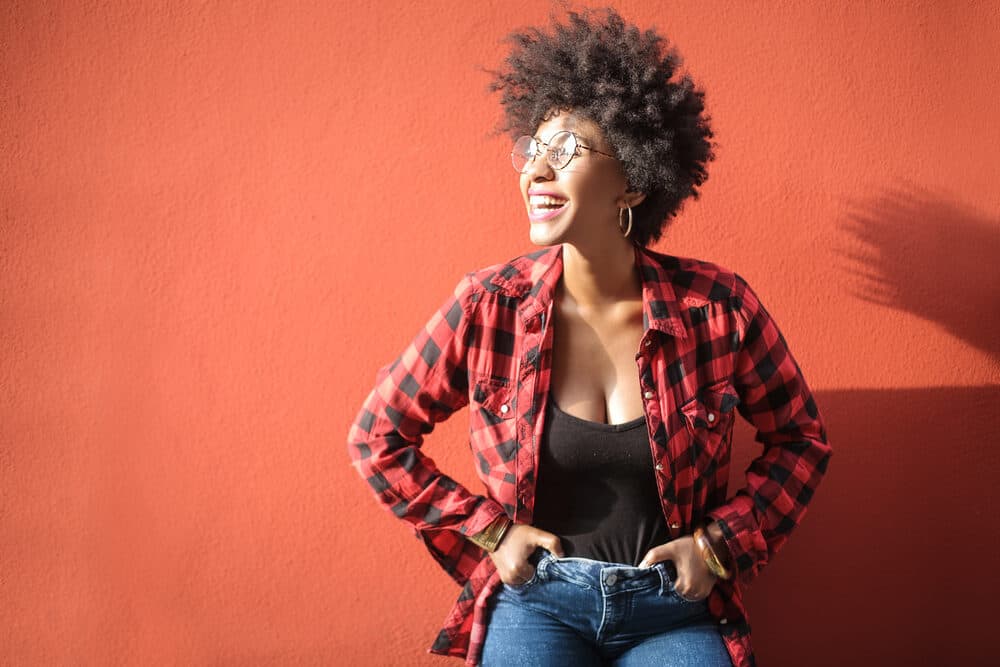
For anyone who’s completely new to hooded dryers, this section is for you. A hooded dryer is a device that you sit under to dry your hair. It blows either cool, warm, or hot air onto your hair to speed up the drying process or set your hair in a specific style.
The main difference between a blow dryer and a hooded dryer (also called a "hood" dryer) is that blow dryers are designed to be held in your hand, and hooded dryers are not.
Hooded dryers come in a few configurations, and we’ll briefly delve into them below:
- Hooded dryer attachment – A hooded dryer attachment is essentially a long hose connected to a fabric hood. It is designed to be attached to a handheld blow dryer and placed on top of your head for a hands-free drying experience.
- Tabletop hooded dryer - As the name suggests, a tabletop hooded dryer is a one-piece hooded dryer that sits on top of a flat surface. You’ll then pull up a chair and sit under it to dry your hair.
- Standalone hooded dryer - You may have seen a standalone hooded dryer in the salon. These hooded dryers are designed to sit on, or roll across, the floor. Some come with a built-in chair, while others do not. These dryers often have more bells and whistles than others because they are intended to be used by hairstylists.
No matter the type of hooded dryer you choose, you’ll use them more or less the same way—we’ll go over that in the following section.
How To Use a Hooded Dryer
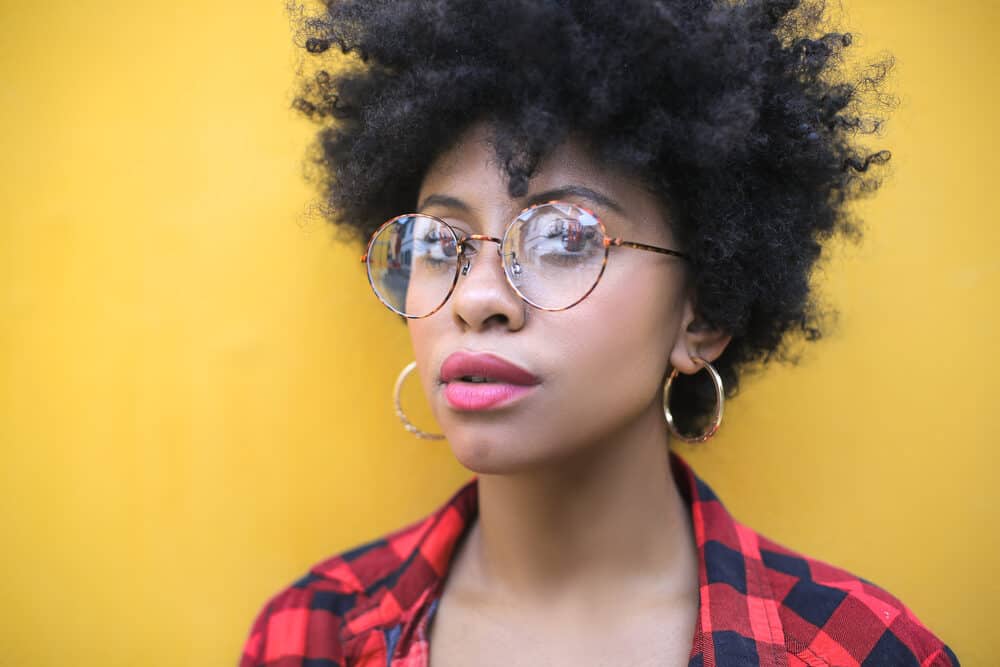
Using a hooded dryer is one of the easiest things you’ll ever learn how to do. Below, we’ll give you detailed instructions on how to use a hooded dryer for wash n’ gos, roller sets, and deep conditioning sessions.
To Dry a Wash N Go
You can air-dry your wash n’ go if you’ve got time, but a hooded dryer can speed up the process considerably. Here’s what you need to do:
- Wash and condition your hair. Wash n’ gos are best done on clean, hydrated hair.
- Rake your moisturizing and defining products through your hair. Then mist your curls with a heat protectant if you plan to use heat. If you want a middle or side part, create it in this step.
- Hook up your hooded dryer attachment or sit under your hooded hairdryer. For a hooded dryer attachment, attach the tube to your blow dryer, secure the hood loosely around your head, and turn it on. If you tie the hood too tightly, it’ll smash your curls and ruin your style. If you’ve got a tabletop or standalone hairdryer, all you’ve got to do is pull your chair up under it, pull the hood down, and turn the device on. Make sure that all of your hair is under the dryer. Tip: If your hair is long, you may need to pile your hair on top of your head before engaging the hood.
- Adjust the temperature based on your preferences and the condition of your hair. The higher the heat is set, the quicker your hair will dry and the longer your definition will last. But it’s important not to set the temperature too high because high temperatures can lead to hair brittleness and dryness. If you are in a time crunch, set the heat to medium, but if you’ve got time to spare, keep the temperature low.
- Sit and wait. It may take around 30 minutes to get your hair 100% dry. However, your actual drying time will depend on how wet your hair is, your hair’s thickness, and the products you’ve applied. Once your hair has reached your desired level of dryness, remove the hood and turn off the hooded dryer.
- Fluff your curls. No matter how hard you try to prevent it, your hair may flatten while it’s under the dryer. So, gently lift your roots with a pick or your fingers and go!
Dry a Roller Set
Drying a roller set can be tricky with a handheld dryer, but not with a hooded dryer. Follow these instructions to dry your roller set right:
- Wash, condition, and moisturize your hair.
- Spray your hair down with a heat protectant and roll it up in magnetic rollers, Flexi rods, sponge rollers, or any other hair-setting tool. When rolling your hair up in sections, remember that the smaller the sections are, the quicker your hair will dry.
- Turn on your hooded dryer and set it to medium to high heat. If you use low heat, your hair may not get completely dry, which could ruin your final results.
- Wait until your hair is 100% dry. It could take an hour or more for your rolled-up hair to get completely dry using a hooded dryer. You don’t want to rush things because the slightest bit of dampness can leave your hair frizzy and undefined. Check the dryness of your hair every 10 minutes or so.
- Separate and fluff. After you’ve determined that your hair is dry, allow it to cool down, and then remove your rollers. Carefully separate each curl, fluff, and go!
Pros and Cons of Drying Natural Hair Under a Hooded Dryer
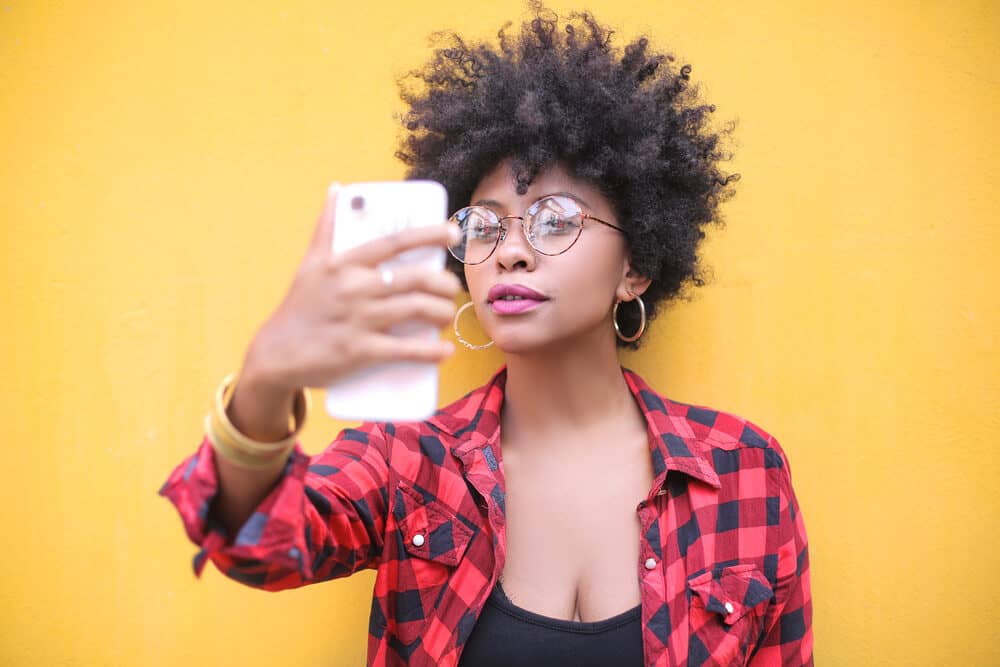
Hooded dryers may seem perfect, but they aren’t. Just like handheld hair dryers, they come with advantages and disadvantages. Let’s get into them below:
Pros
- All you have to do is sit under it to dry your hair. Handheld dryers require much more work and can even leave your arms sore.
- They are suitable for all hair types and can be used to set your hair in a wide variety of styles.
- They have versatile customization options. Many hooded dryers come with temperature controls, an adjustable hood, and other features that make your hair drying experience a breeze.
- They dry your hair quickly and evenly.
Cons
- Hooded hair dryers can be annoying to sit under. They are noisy - so noisy, in fact, that it could take some time to get used to them.
- Compared to handheld blow dryers, hooded hair dryers are expensive. For a quality one, you could end up spending $100 or more.
- Transporting a hooded hairdryer can be a pain. The average hooded hairdryer is too large to travel with.
Dos and Don’ts of Using a Hooded Dryer
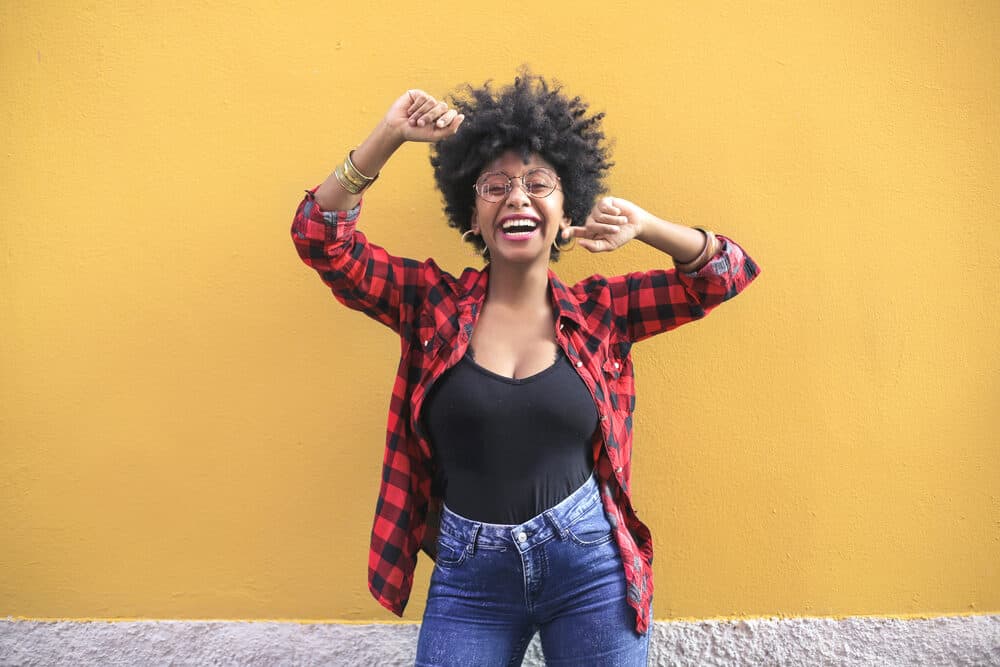
Drying natural hair under a hooded dryer is straightforward in most cases. Read the below dos and don’ts to minimize your chances of a hair disaster:
- Do set your hooded hair dryer at the lowest effective level. Drying hair at a high heat setting creates more risk of potential damage and should avoided if possible. Some dryers have a cool setting or a "lower setting" that uses minimal heat. Read this article to learn more about how to deal with heat damage if you use your dryer on a high heat setting.
- Don’t let your hair come in direct contact with the holes on the inside of the hood.
- Do sit under the hooded dryer until your hair is completely dry. This is especially important for roller sets.
- Don’t forget to use a heat protectant. Anytime you use heat on your hair (regardless of the heat source) you run the risk of incurring heat damage. We recommend that all curly girls use a heat protectant for direct and indirect heat sources.
- Best Hooded Hair Dryer for Home Use
- Best Hair Dryer for Natural Hair
- Best Blow Dryer for 4C Hair
- How to Blow Dry Curly Hair
Every curl girl needs a hooded dryer in her equipment stash to dry her hair in a pinch. So, we encourage you to get one in your life asap!
We hope that the information in this article enables you to get the most out of your hooded hair dryer should you choose to give one a try. We wish you the best!




